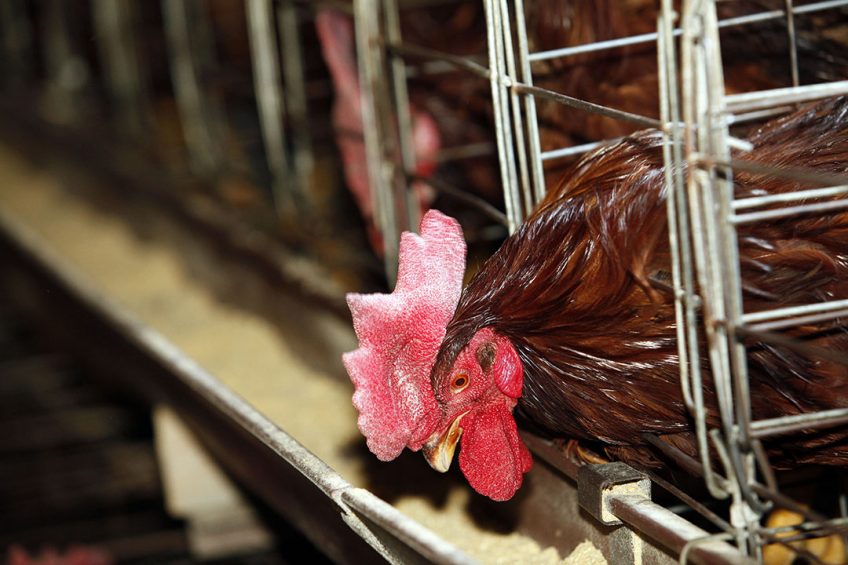China playing catch up with West’s cage-free egg production

Differing food safety, husbandry and veterinary knowledge in the Chinese egg sector leaves room for improvement on animal health and food standards.
Oistein Thorsen, chief executive of FAI Farms, told this autumn’s Cage Free China Summit that in addition to the need for a clearly defined national cage-free standard, a significant programme of improvements, technical guidance, training and support will be needed over the course of several years.
Speaking via video-link from the US to the meeting in Shanghai, Mr Thorsen said change was coming: “Over the last 10 years, public awareness sand concern about the problems associated with laying hens kept in cages have increased. These are systems of production that keep millions of birds in extreme confinement, unable to express their most basic natural behaviours.
“Chinese citizens already know that there is a connection between animal health and welfare and food safety. Outbreaks of zoonotic diseases and incidences of food poisoning have heightened the general public and the central government’s attention to animal health and welfare.”
Global shift towards cage-free egg production
Mr Thorsen said there had been a significant global shift towards cage-free egg production with many global retailers and food businesses announcing they will phase out caged eggs from their supply chain by 2025.
 Drive to be cage-free but 2025 commitment looms nearer
Drive to be cage-free but 2025 commitment looms nearer
Companies need to speed up their rate of transition to cage-free production to meet their 2025 commitment, says Compassion in World Farming (CIWF).
“In China, where global brands have made such pledges the current percentage of cage-free production is low. To meet the growing demand China will have to implement a significant transition in its egg production systems. This will have considerable impacts on the supply chain – for the people and animals directly involved, as well as food businesses, their infrastructure and their operations.
“Ensuring that Chinese citizens connect quality, safe food with the higher welfare standards and practices of cage-free eggs is key to ensuring that the shift to cage-free production truly benefits producers, consumers and the birds,” he concluded.
The Summit, which focused on quality, health and welfare, saw a broad group of experts, representing the eggs sector, government, brands and NGOs, sharing knowledge and collaboration with a view to creating a more resilient food chain.













